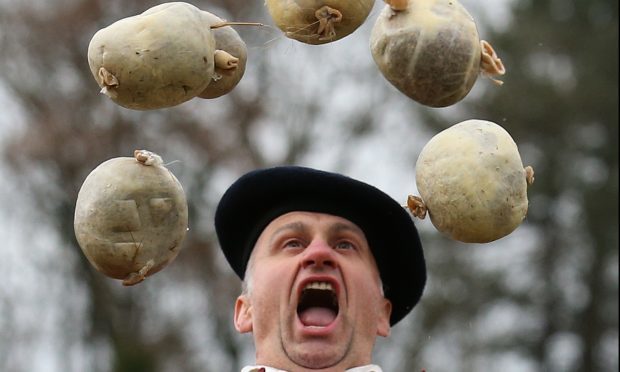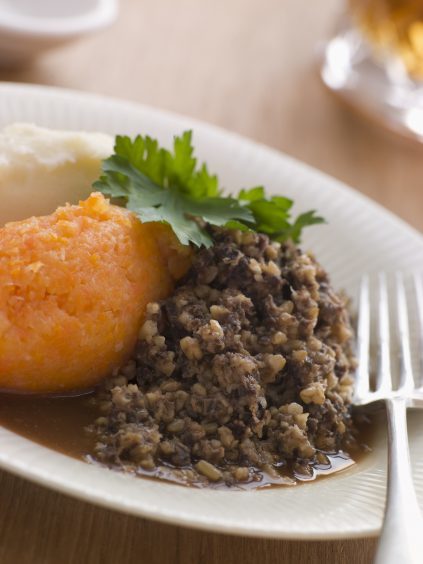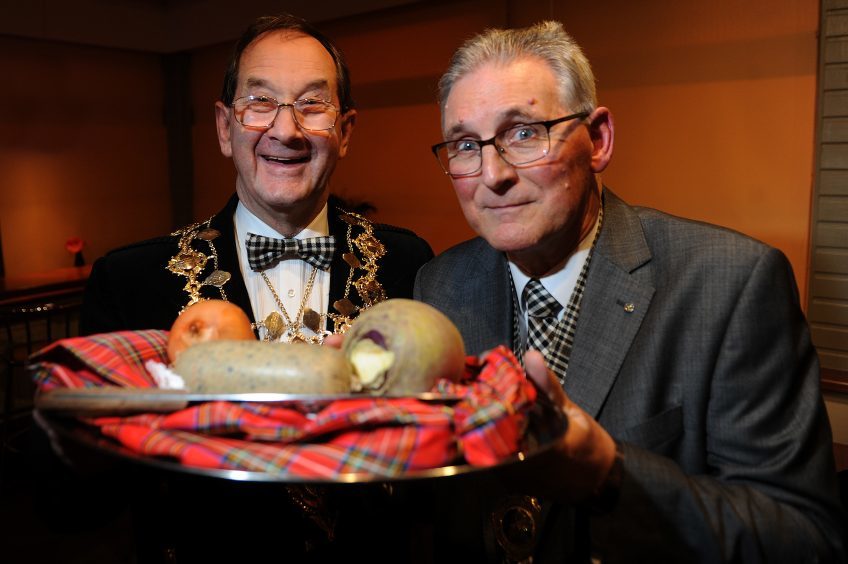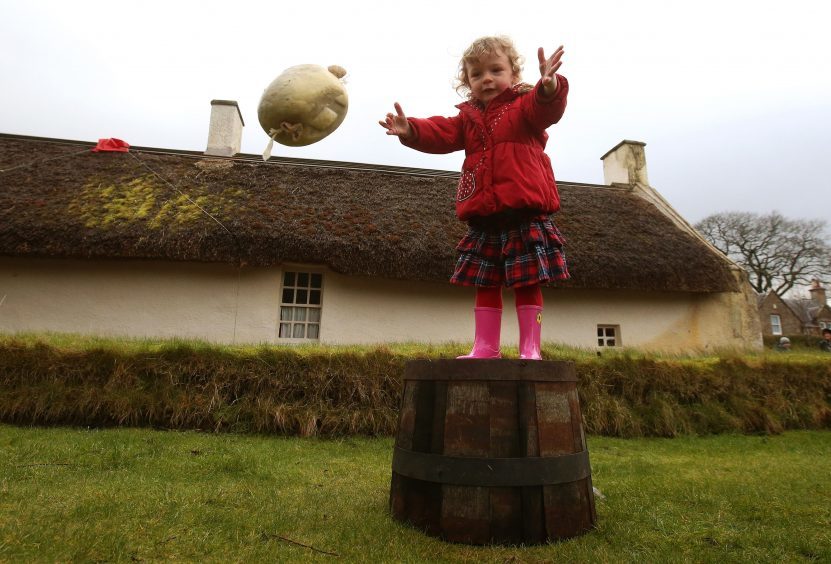Haggis will soon be getting sold in Canada for the first time in 46 years after one producer came up with a new recipe which is in line with the country’s regulations.
Macsween of Edinburgh will export the beloved national dish to the Great White North, which imposed a ban on red meat from Europe in 1996 in the wake of the BSE scare affecting beef cattle.
This was only lifted in 2015, but still did not allow for offal to be exported.
A huge number of Scots emigrated to Canada during the Highland clearances, with just shy of 5 million residents in the country claiming to have Scottish roots. This makes Scottish-Canadians one of their largest ethnic groups.
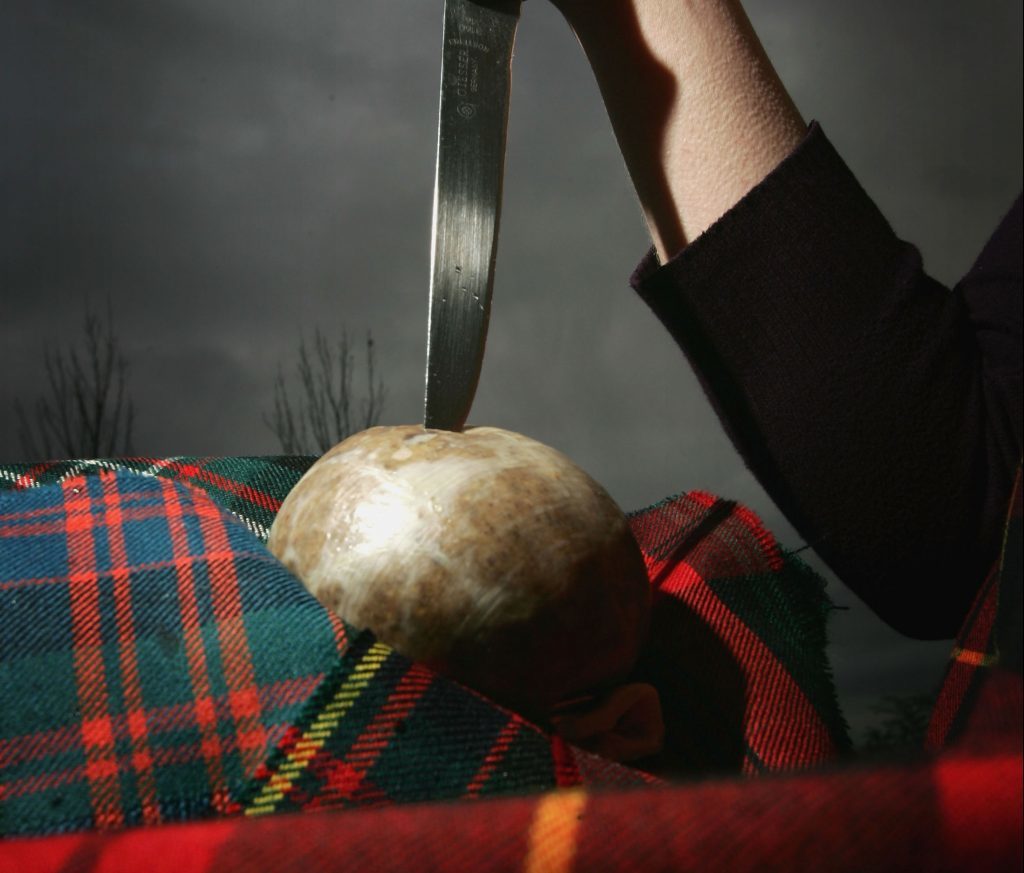
Haggis history
No one has ever been able to pinpoint the exact origins of haggis, which emerged across time as a favourite dish among the working classes before being embraced as a part of Scottish culture.
Haggis is said to have emerged in Alba between the 10th and 13th centuries. The first documented mention of a sausage similar to haggis is from ancient Greek playwright Aristophanes in 423 BC. Haggis may also have been eaten by the Romans.
Others believe that it was brought to Scottish shores by the vikings. The name itself is similar to the Swedish word hagga and the Icelandic word hoggva, which means to chop or hew.
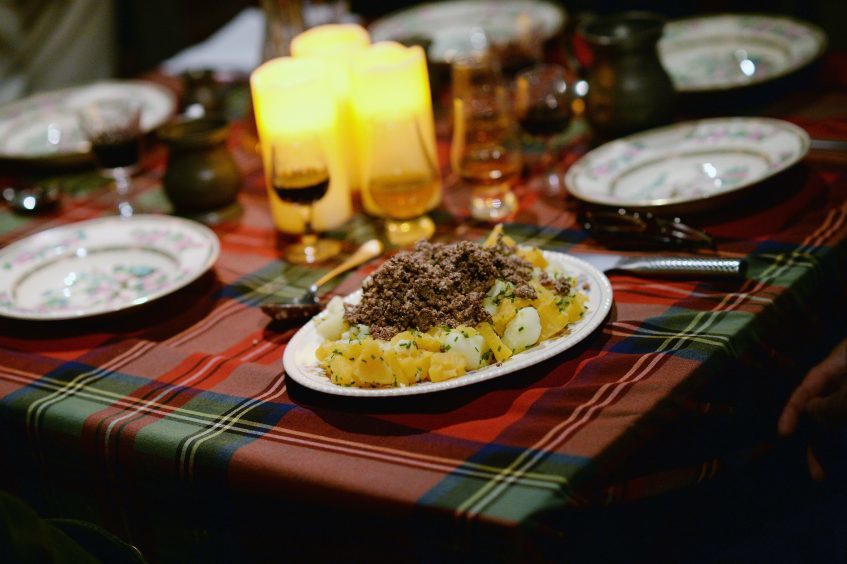
Others believe Highland drovers were the first to eat the dish. Wives are said to have prepared husbands for their long, arduous journeys with the only ingredients available to them – packaging them in sheep’s stomachs to make transportation easier.
There are also stories of Scottish chieftains handing the offal of slain animals to the slaughtermen as payment following hunts.
Some historians have even had the nerve to suggest that haggis emerged in Engl…REDACTED.
So what is a haggis made of?
A traditional haggis is made of a sheep’s “pluck” – its heart, liver and lungs – mixed with onions, oatmeal, suet, spices, salt and stock. Back in the day it was boiled in the animal’s stomach itself, but nowadays artificial casings are used.
Vegetarian haggis made of pulses and vegetables is also available.
What do you eat it with?
Neeps (turnips) and tatties (potatoes)…oh and a nip of whisky.
However haggis has found its way into a host of other meals across Scotland such as Balmoral Chicken (chicken breast stuffed with haggis, wrapped in bacon), burgers and even as part of cooked breakfasts.
Fish and chip shops will also deep fry it (a haggis supper).
Oh and haggis pokora is also a thing.
The haggis: a four-legged animal?
There’s a long running and increasingly tiresome joke about the haggis as a living breathing, four-legged creature native to Scotland. A surprising number of Americans were found to actually believe this myth a few years ago.
When to eat haggis?
Burns Night
January 25 is when Scots across the globe traditionally sit down to eat haggis, neeps and tatties (and a nip of whisky). It is the annual celebration of the birthday of our Bard Robbie Burns. Burns Suppers celebrating his life are held as well.
St Andrew’s Day
Scotland’s national day, November 25 honours the nation’s patron saint and is a great excuse to feast on haggis.
Hogmanay
New Years Eve or Day in Scotland are also occasions when the national dish can be enjoyed.
Haggis as a sport
Aye, we’ve even taken to having haggis hurling competitions along with more traditional haggis eating ones.
We even have a poem about haggis
Address to a Haggis by Robert Burns is traditionally read ahead of a Burns Supper.
Here it is in full:
Fair fa’ your honest, sonsie face,
Great chieftain o the puddin’-race!
Aboon them a’ ye tak your place,
Painch, tripe, or thairm:
Weel are ye worthy o’ a grace
As lang’s my arm.
The groaning trencher there ye fill,
Your hurdies like a distant hill,
Your pin wad help to mend a mill
In time o need,
While thro your pores the dews distil
Like amber bead.
His knife see rustic Labour dight,
An cut you up wi ready slight,
Trenching your gushing entrails bright,
Like onie ditch;
And then, O what a glorious sight,
Warm-reekin, rich!
Then, horn for horn, they stretch an strive:
Deil tak the hindmost, on they drive,
Till a’ their weel-swall’d kytes belyve
Are bent like drums;
The auld Guidman, maist like to rive,
‘Bethankit’ hums.
Is there that owre his French ragout,
Or olio that wad staw a sow,
Or fricassee wad mak her spew
Wi perfect scunner,
Looks down wi sneering, scornfu view
On sic a dinner?
Poor devil! see him owre his trash,
As feckless as a wither’d rash,
His spindle shank a guid whip-lash,
His nieve a nit;
Thro bloody flood or field to dash,
O how unfit!
But mark the Rustic, haggis-fed,
The trembling earth resounds his tread,
Clap in his walie nieve a blade,
He’ll make it whissle;
An legs an arms, an heads will sned,
Like taps o thrissle.
Ye Pow’rs, wha mak mankind your care,
And dish them out their bill o fare,
Auld Scotland wants nae skinking ware
That jaups in luggies:
But, if ye wish her gratefu prayer,
Gie her a Haggis
Source: robertburns.org
